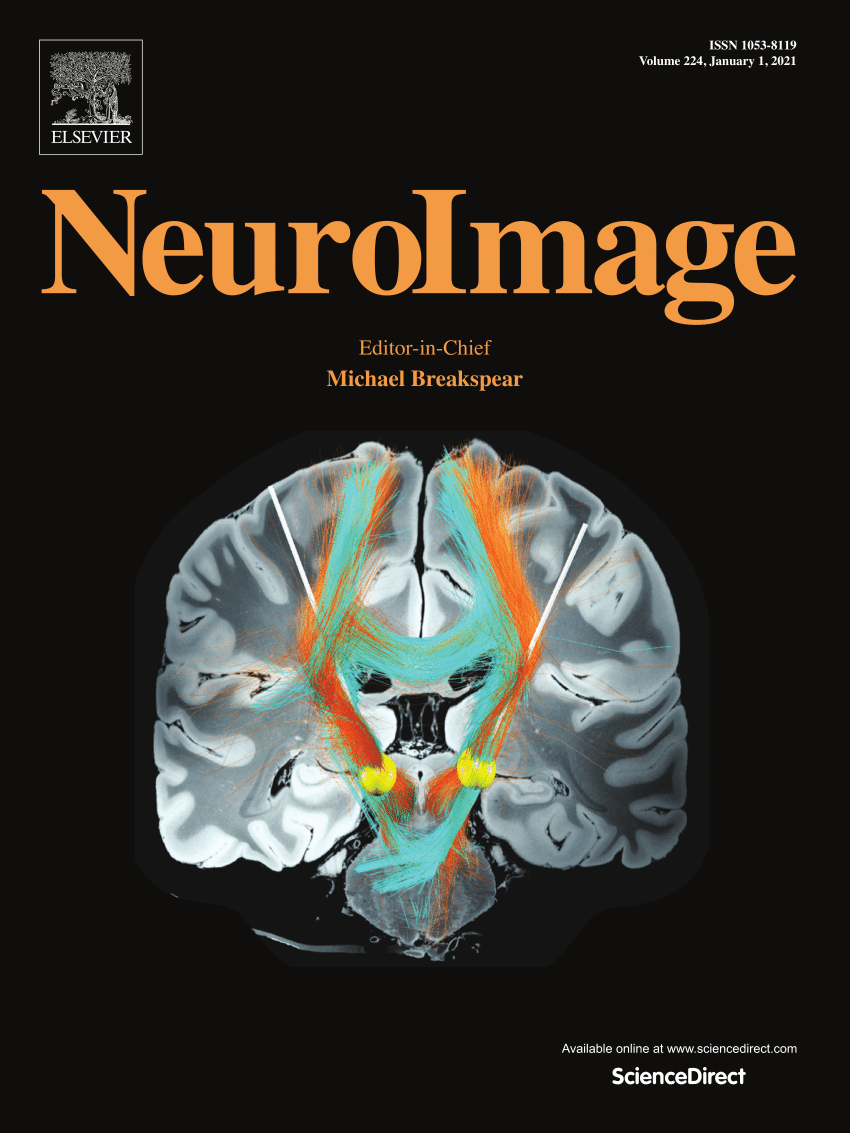预测健康年轻人的抑郁症:使用纵向神经成像数据的机器学习方法
IF 4.7
2区 医学
Q1 NEUROIMAGING
引用次数: 0
摘要
对健康个体抑郁症状的准确预测可以使早期干预成为可能,并降低个人和社会成本。本研究旨在利用机器学习(ML)技术和贝克抑郁量表(Beck depression Inventory)、结构MRI (sMRI)和静息状态功能MRI (rs-fMRI)的纵向数据,开发年轻人抑郁症的预测模型。特征选择方法,包括最小绝对收缩和选择算子(LASSO)、Boruta和VSURF,用于识别与抑郁症相关的MRI特征。然后使用支持向量机和随机森林算法构建预测模型。8个MRI特征被确定为抑郁症的预测特征,包括眶回、额上回、额中回、海马旁回、扣带回和顶叶下小叶。所选特征和脑区域之间的重叠和差异在t检验中具有显著的组间差异,这表明ML提供了与抑郁症相关的神经变化的独特视角。6对预测模型的预测精度为0.68 ~ 0.85,曲线下面积(AUC)为0.57 ~ 0.81。表现最好的模型达到了0.85的准确率和0.80的AUC,突出了将sMRI和rs-fMRI特征与ML相结合用于早期抑郁症检测的潜力,同时揭示了在小样本和高维环境下过度拟合的潜力。这项研究需要进一步的研究:(1)在独立的大型数据集中重复研究结果,以解决潜在的过拟合问题;(2)利用不同的先进ML技术和多模态数据融合来提高模型性能。本文章由计算机程序翻译,如有差异,请以英文原文为准。
Predicting depression in healthy young adults: A machine learning approach using longitudinal neuroimaging data
Accurate prediction of depressive symptoms in healthy individuals can enable early intervention and reduce both individual and societal costs. This study aimed to develop predictive models for depression in young adults using machine learning (ML) techniques and longitudinal data from the Beck Depression Inventory, structural MRI (sMRI), and resting-state functional MRI (rs-fMRI). Feature selection methods, including the least absolute shrinkage and selection operator (LASSO), Boruta, and VSURF, were applied to identify MRI features associated with depression. Support vector machine and random forest algorithms were then used to construct prediction models. Eight MRI features were identified as predictive of depression, including brain regions in the Orbital Gyrus, Superior Frontal Gyrus, Middle Frontal Gyrus, Parahippocampal Gyrus, Cingulate Gyrus, and Inferior Parietal Lobule. The overlaps and the differences between selected features and brain regions with significant between-group differences in t-tests suggest that ML provides a unique perspective on the neural changes associated with depression. Six pairs of prediction models demonstrated varying performance, with accuracies ranging from 0.68 to 0.85 and areas under the curve (AUC) ranging from 0.57 to 0.81. The best-performing model achieved an accuracy of 0.85 and an AUC of 0.80, highlighting the potential of combining sMRI and rs-fMRI features with ML for early depression detection while revealing the potential of overfitting in small-sample and high-dimensional settings. This study necessitates further research to (1) replicate findings in independent larger datasets to address potential overfitting and (2) utilize different advanced ML techniques and multimodal data fusion to improve model performance.
求助全文
通过发布文献求助,成功后即可免费获取论文全文。
去求助
来源期刊

NeuroImage
医学-核医学
CiteScore
11.30
自引率
10.50%
发文量
809
审稿时长
63 days
期刊介绍:
NeuroImage, a Journal of Brain Function provides a vehicle for communicating important advances in acquiring, analyzing, and modelling neuroimaging data and in applying these techniques to the study of structure-function and brain-behavior relationships. Though the emphasis is on the macroscopic level of human brain organization, meso-and microscopic neuroimaging across all species will be considered if informative for understanding the aforementioned relationships.
 求助内容:
求助内容: 应助结果提醒方式:
应助结果提醒方式:


